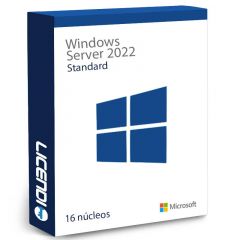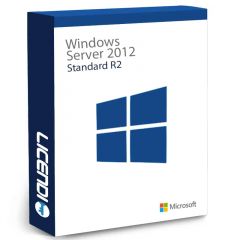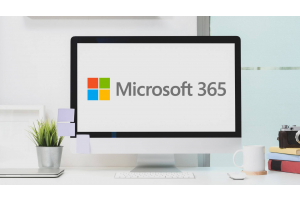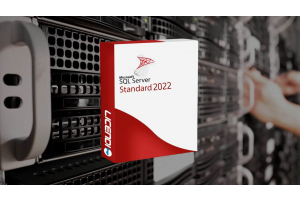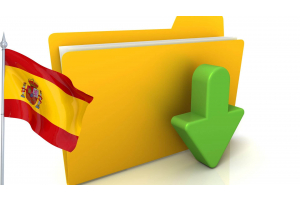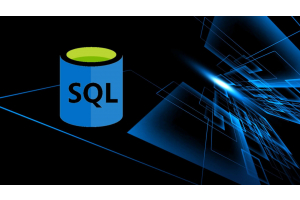How to Convert Windows Server from Evaluation Version to Full Version
Introduction
Windows Server is a mainstay for many businesses, providing the tools and services needed to manage networks, applications and web services. Starting with an evaluation version is a great way to test its capabilities without an initial commitment. However, when it's time to move to a full version, it's crucial to do it correctly to avoid disruption to your IT environment. Here's how to make this transition smoothly and get the most out of your Windows Server investment.
Why Upgrade?
Upgrading from the evaluation version to the full version of Windows Server not only removes the time-of-use restriction, but also unlocks the full potential of your server to support critical workloads and provide essential services on an ongoing basis. Plus, you're assured of receiving direct support from Microsoft, a crucial advantage in keeping your system secure and efficient.
Step 1: Verify Current Edition and License Availability
Before starting, it is essential to know which version and edition of Windows Server you are running. You can do this by running the command slmgr.vbs /dlv at the Command Prompt with administrator rights. This step will help you determine if your current version can be upgraded to a full version and if you need to purchase a specific licence.
Step 2: Acquisition of an Appropriate Licence
Once you know which version and edition you need, the next step is to buy the right licence. Microsoft offers several licensing options, choose the one that best suits your needs and budget in our Licendi online shop. We offer an activation guarantee and very affordable prices.
Step 3: Preparing for the Upgrade
Before starting the upgrade process, it is essential to make a backup of all your important data and settings. This step ensures that you can restore your system in case something does not go as expected during the upgrade.
Step 4: Convert the Evaluation Edition to Complete
To convert your evaluation version to a full version, you will need to use this command:


In <Edition>, you must specify the edition you are upgrading to, for example, ServerStandard for Windows Server 2012 R2 Standard. Make sure you use the correct product key for the edition you want to upgrade to. Replace "XXX-XXX-XXX-XXX-XXX-XXX-XXX" with your product key.
Step 5: Verification and Activation
After restarting your server, check the activation status by running slmgr.vbs /dlv again. If all went well, you should see that your system now reflects the full version of Windows Server. If necessary, follow the instructions to activate your copy of Windows Server using your product key.
Conclusion
Upgrading from the evaluation version to the full version of Windows Server is a crucial step in ensuring a robust and fully supported server environment. By following this step-by-step guide, you can make the transition smoothly, ensuring your IT infrastructure is ready for any challenge.
With these steps, your server will be ready to support your business needs, providing a secure and stable environment for your applications and services. If you've benefited from this guide, feel free to explore more resources for optimising and securing your Windows Server infrastructure.
